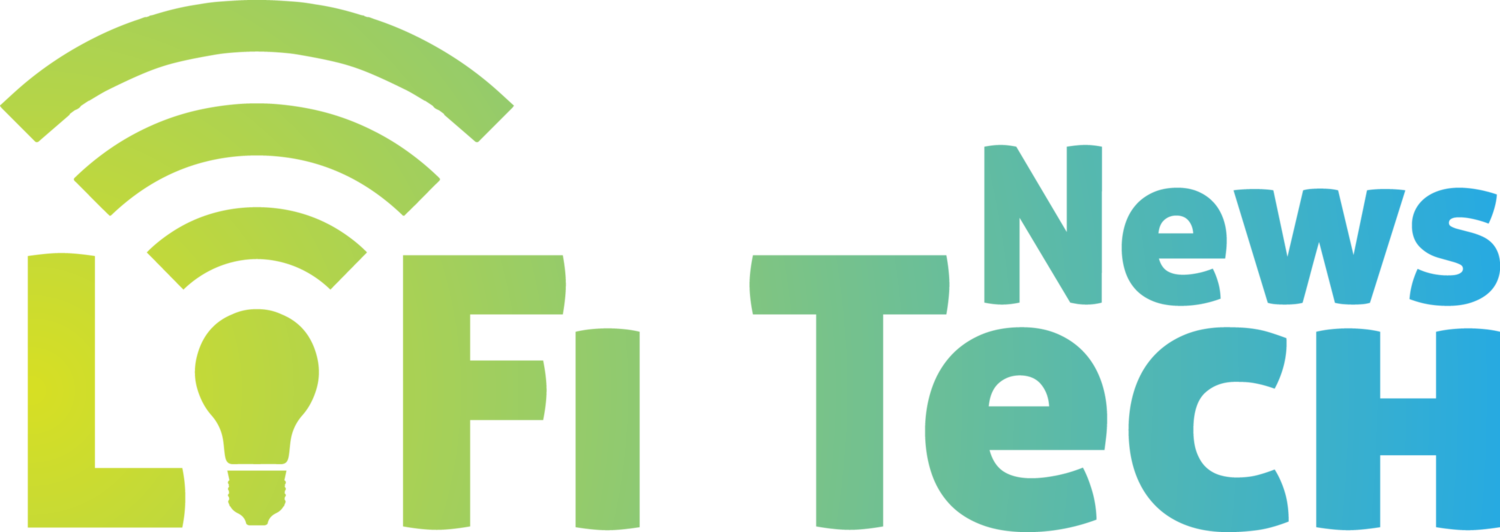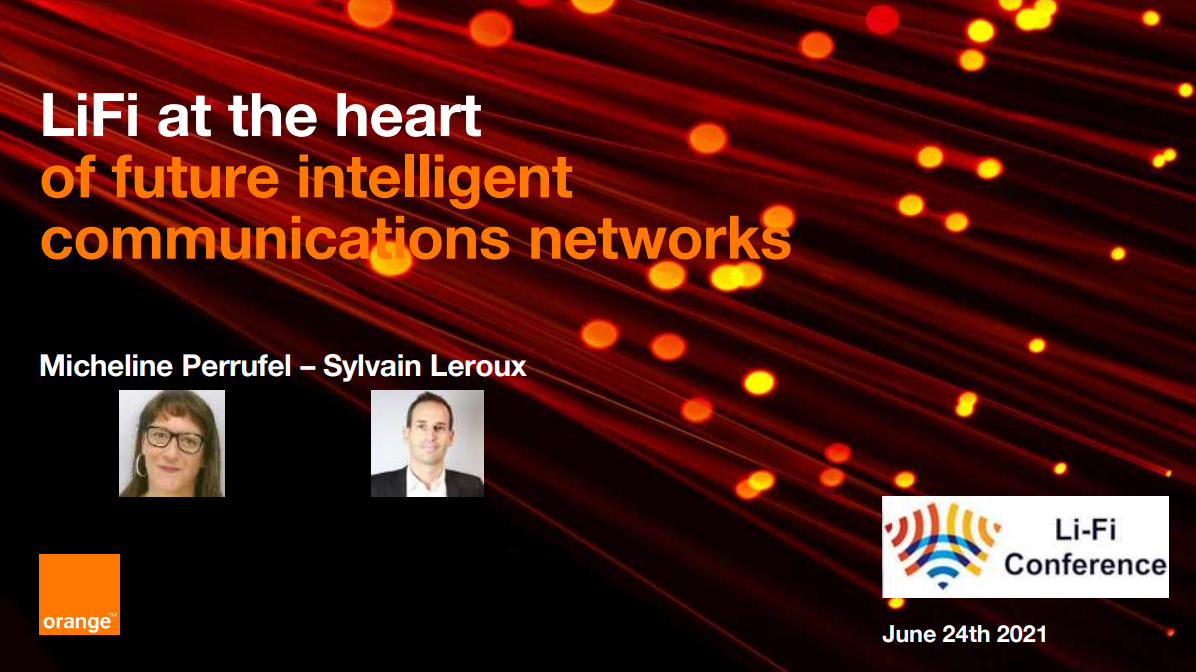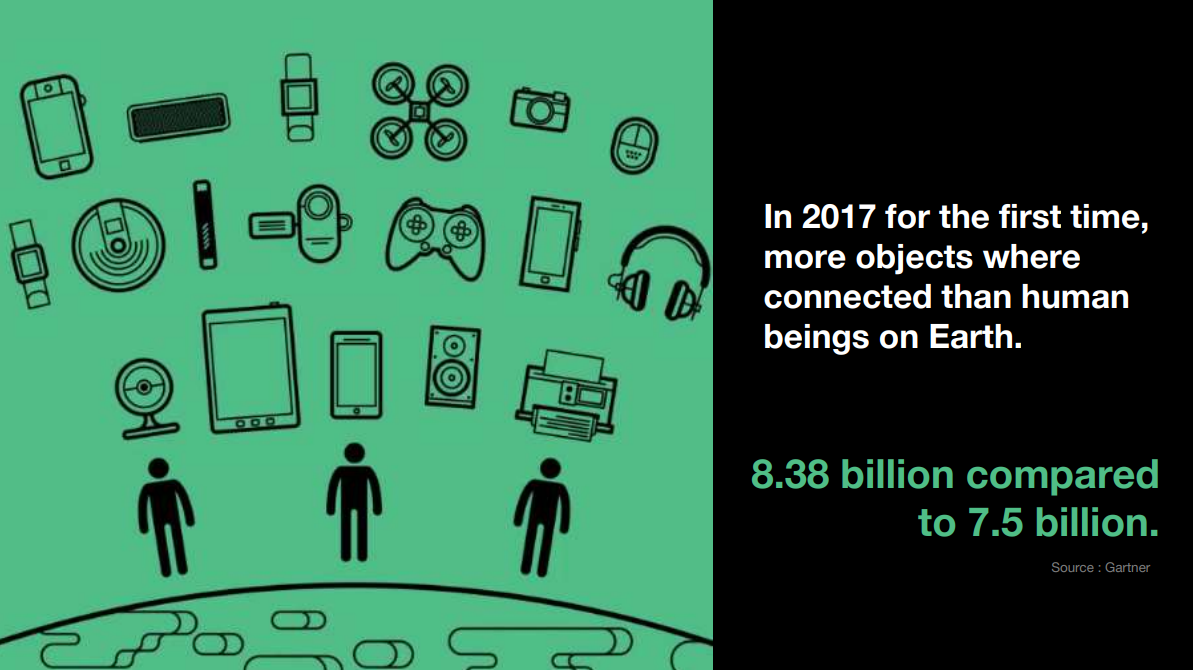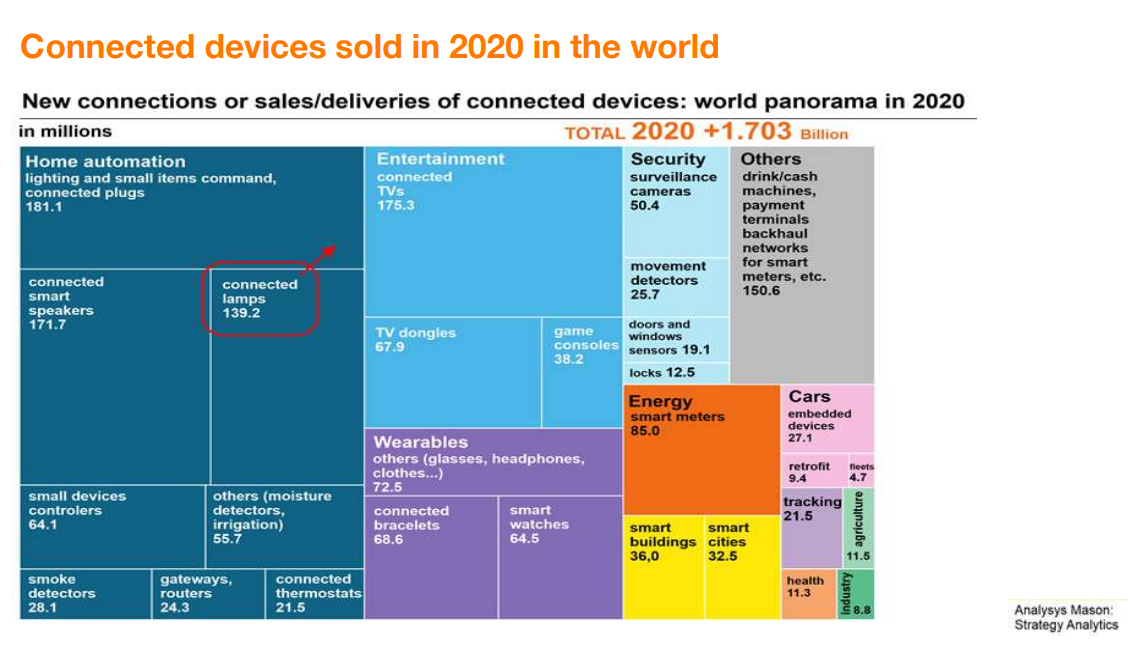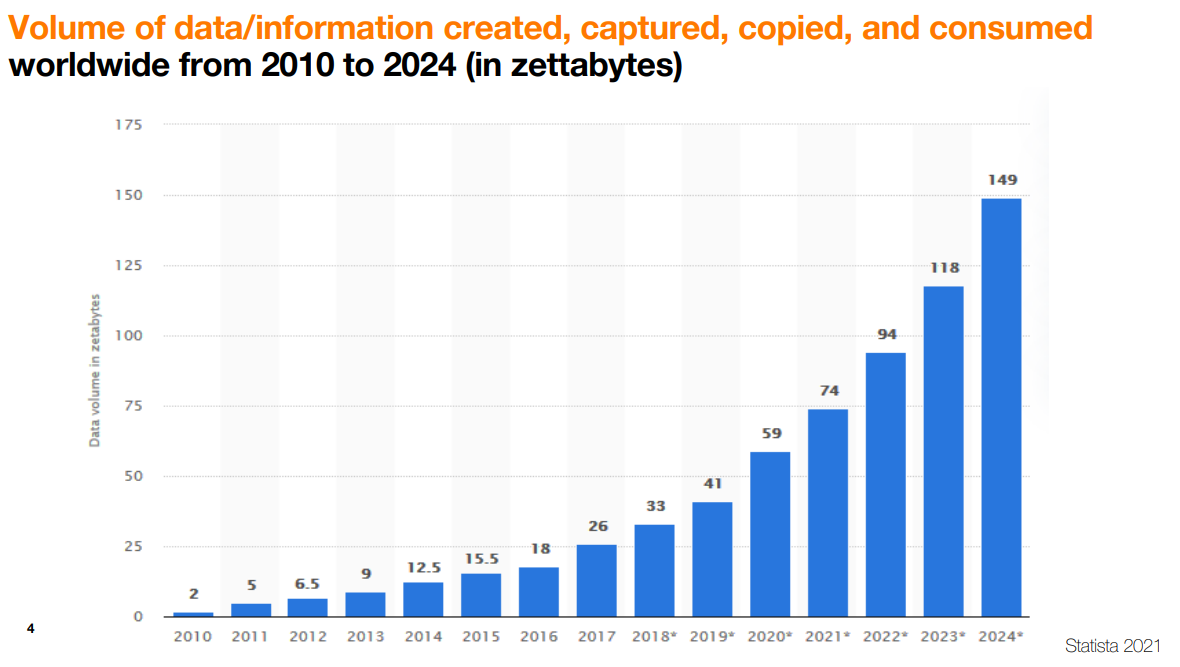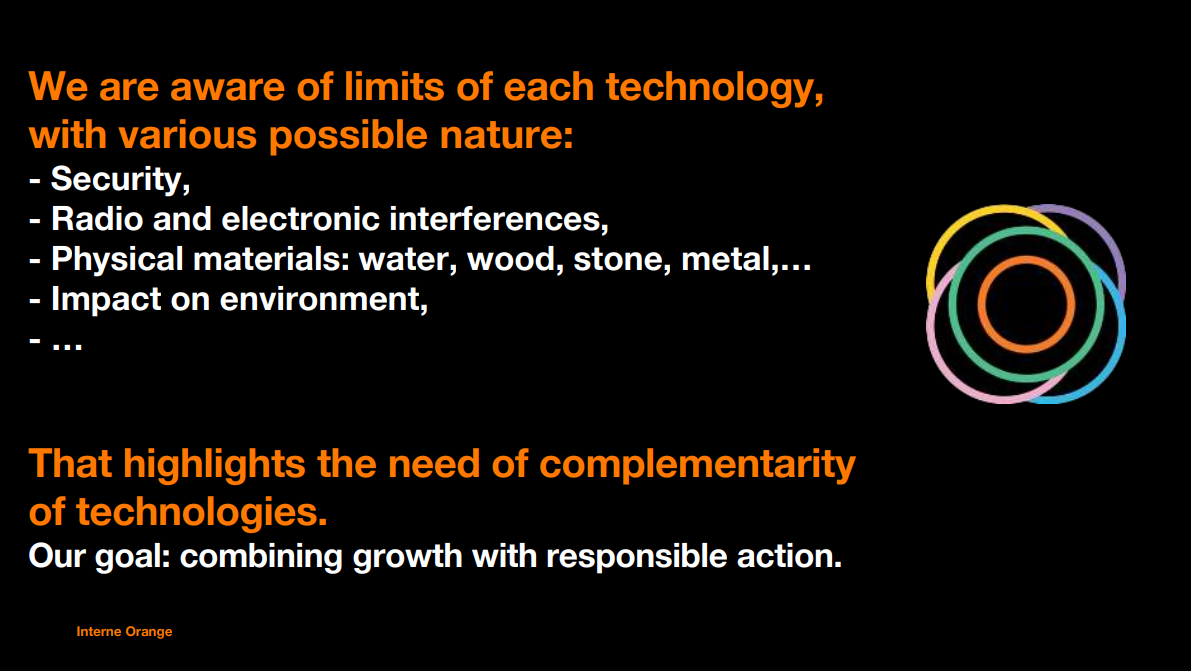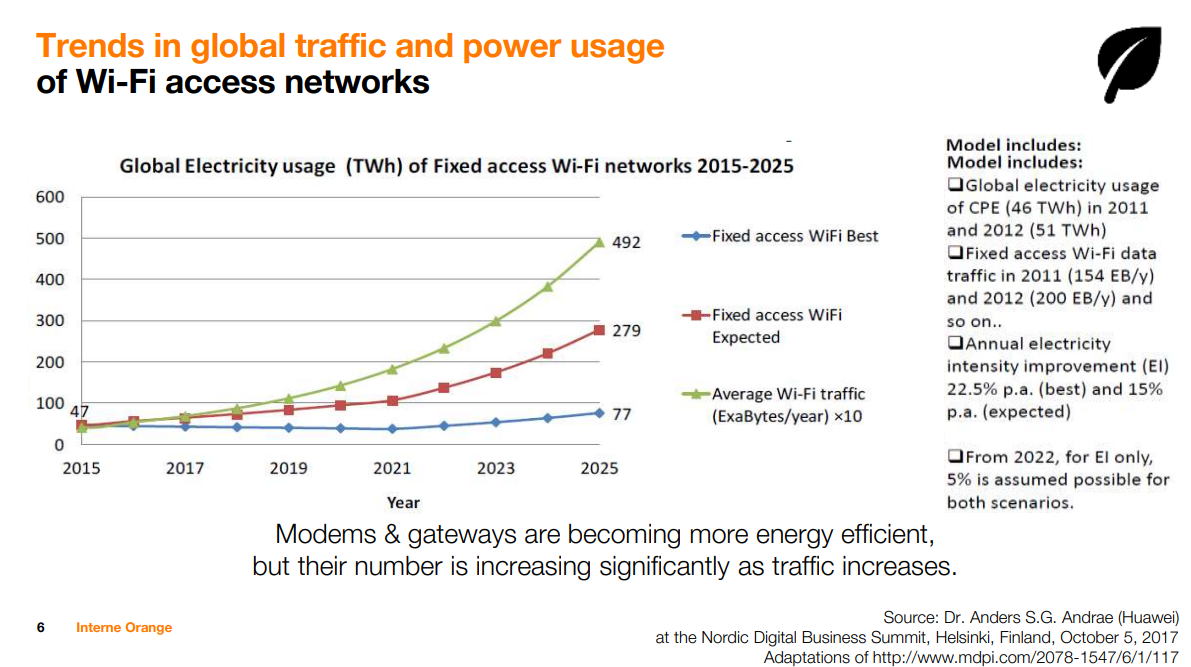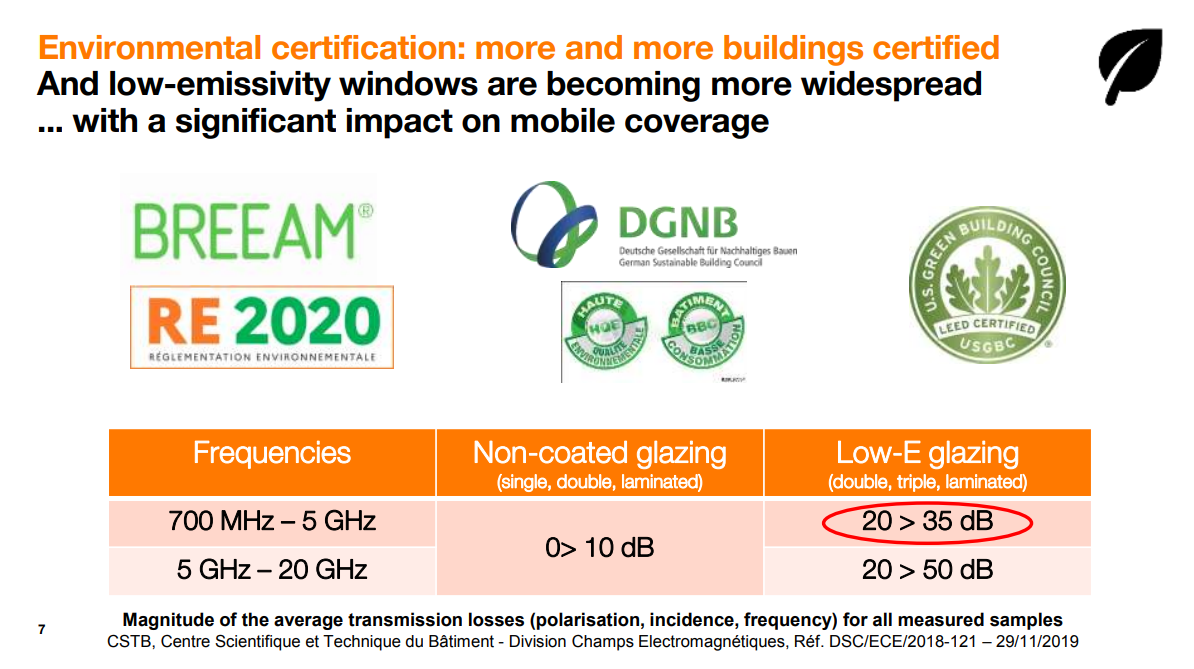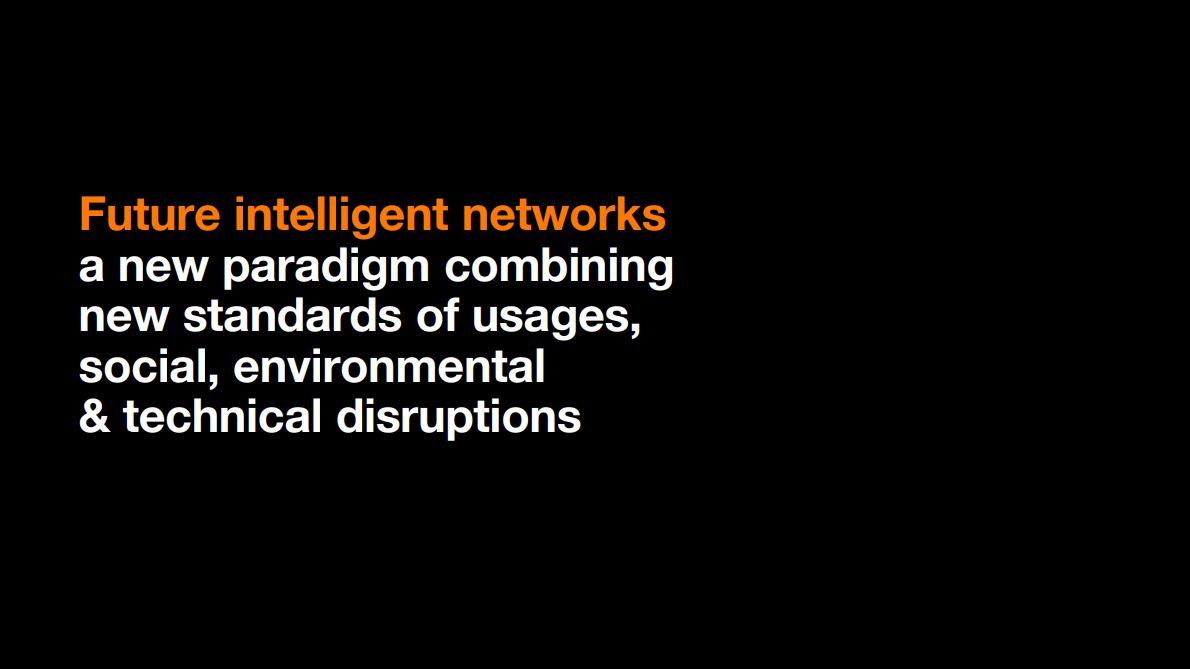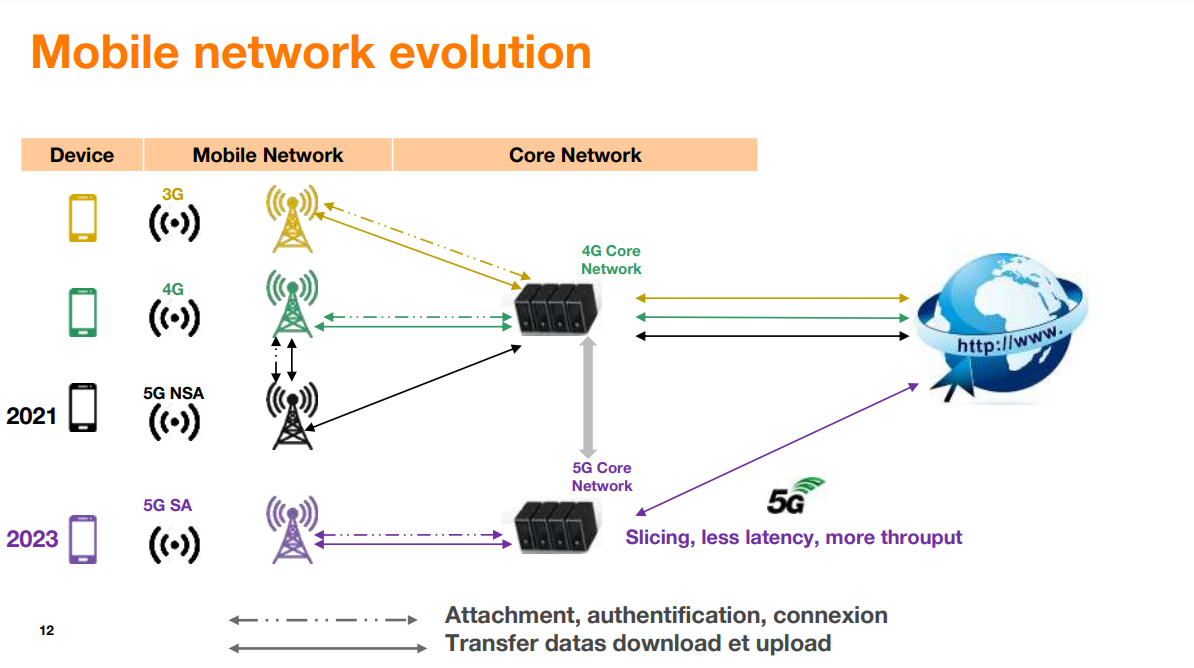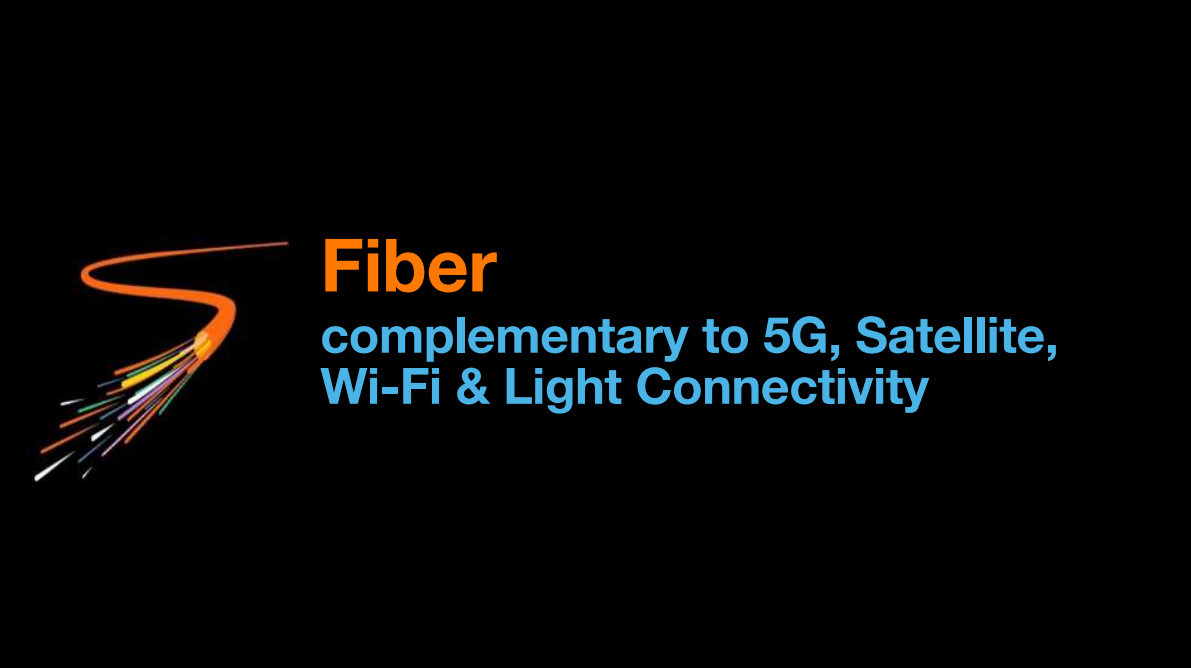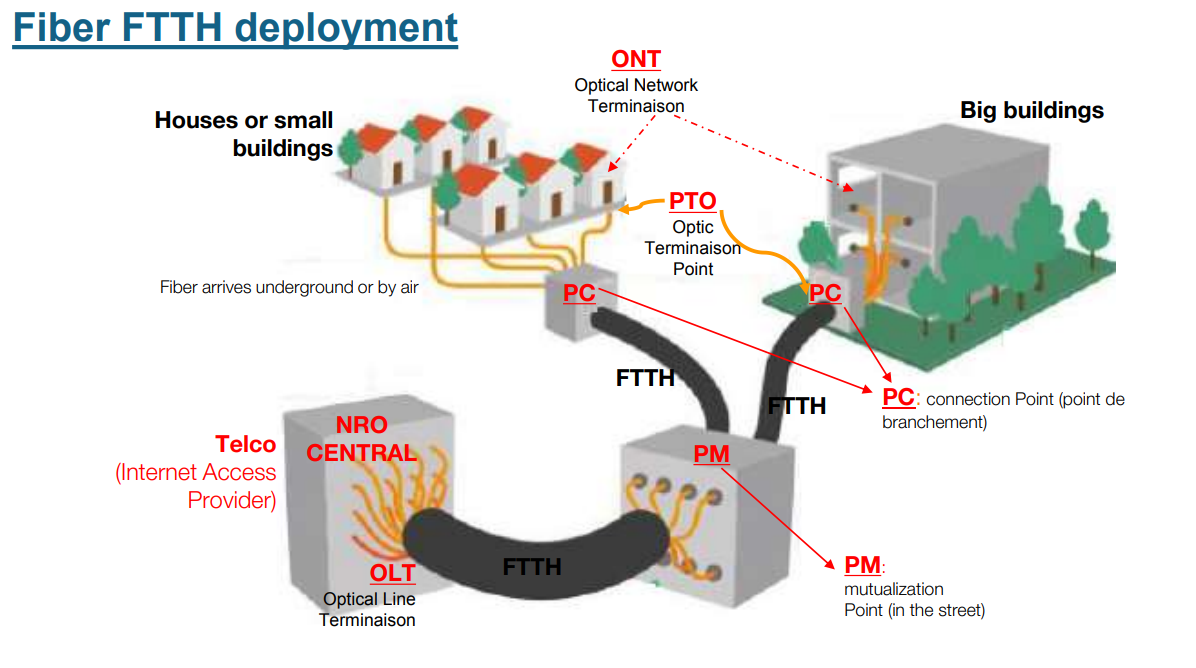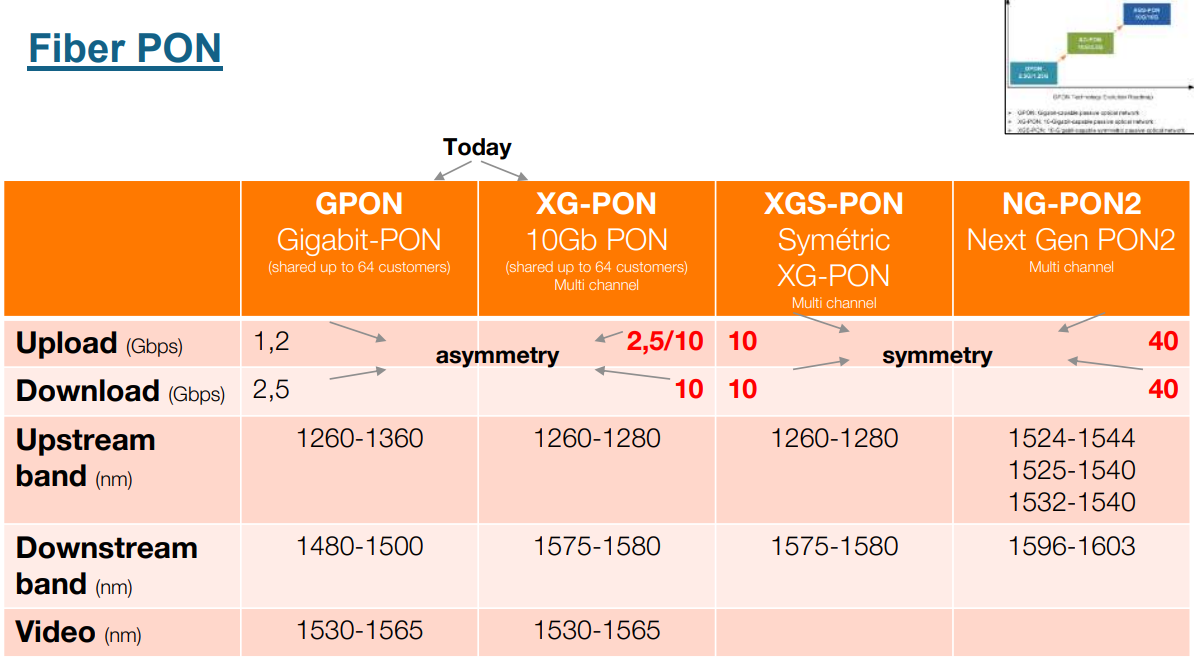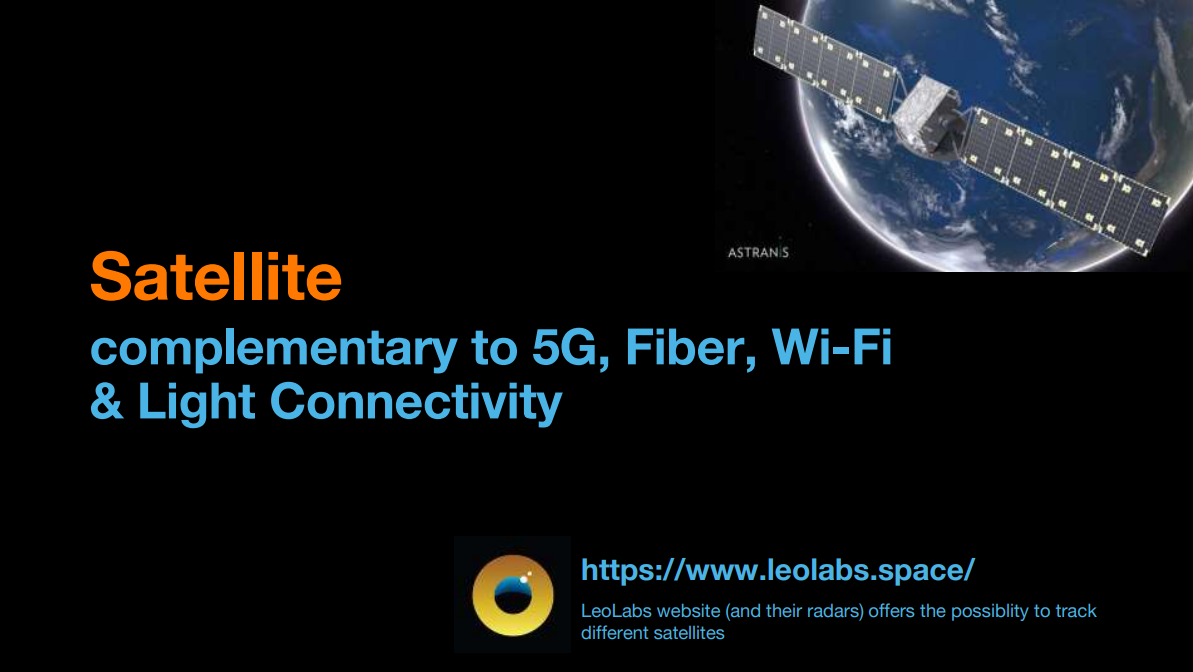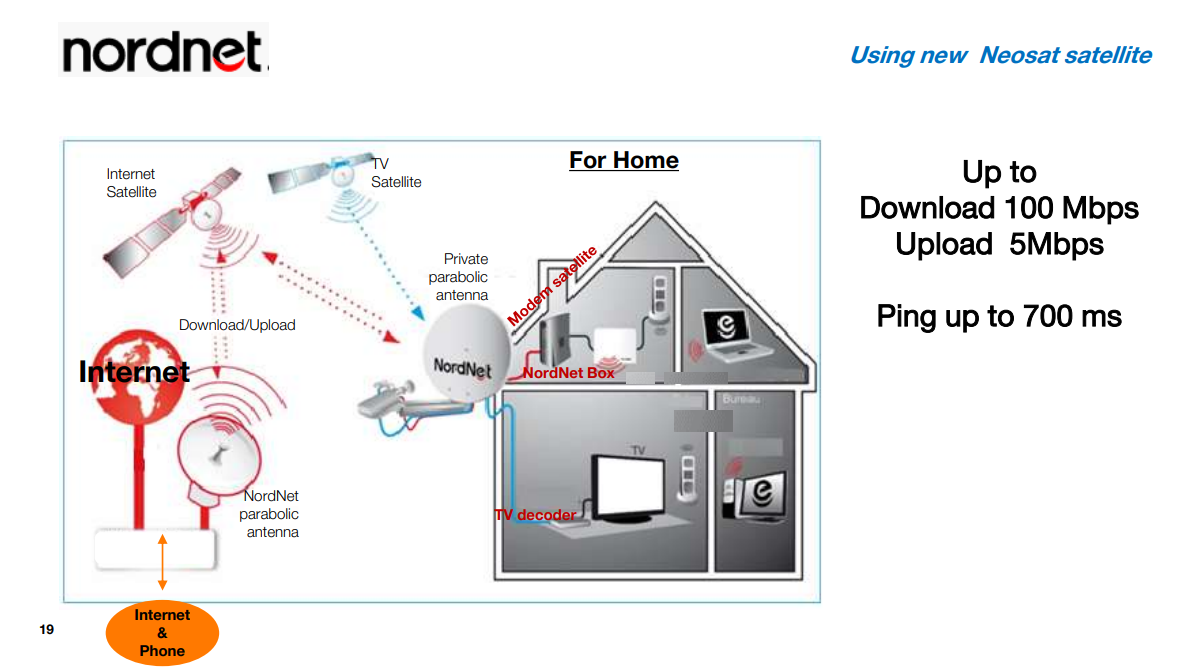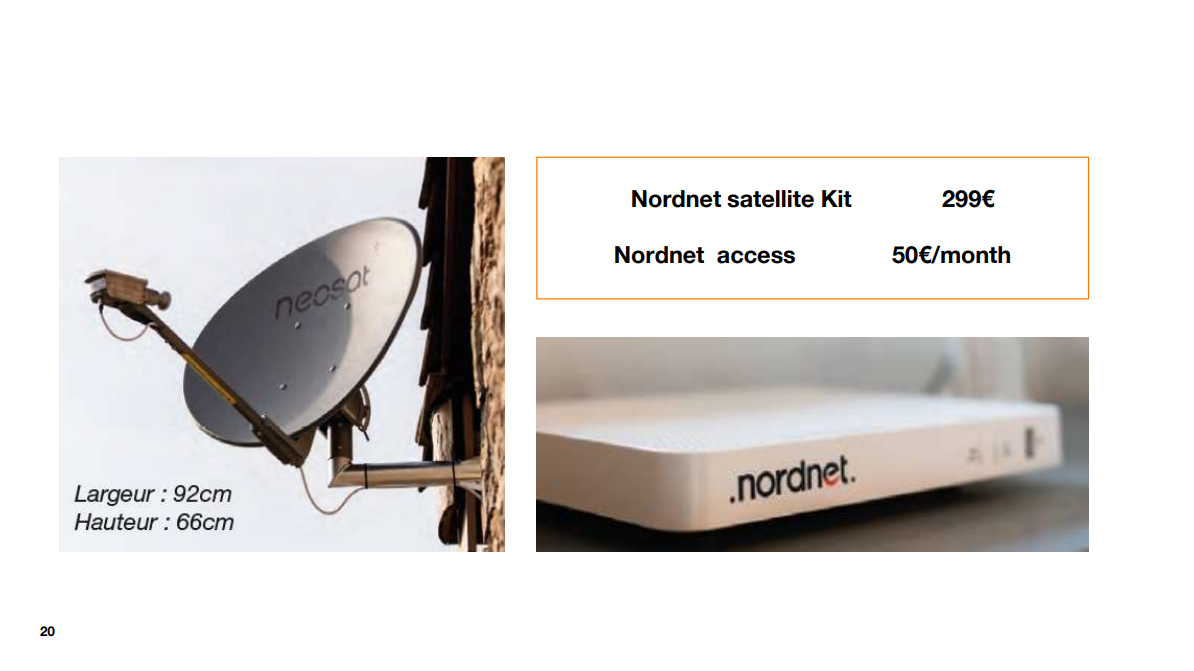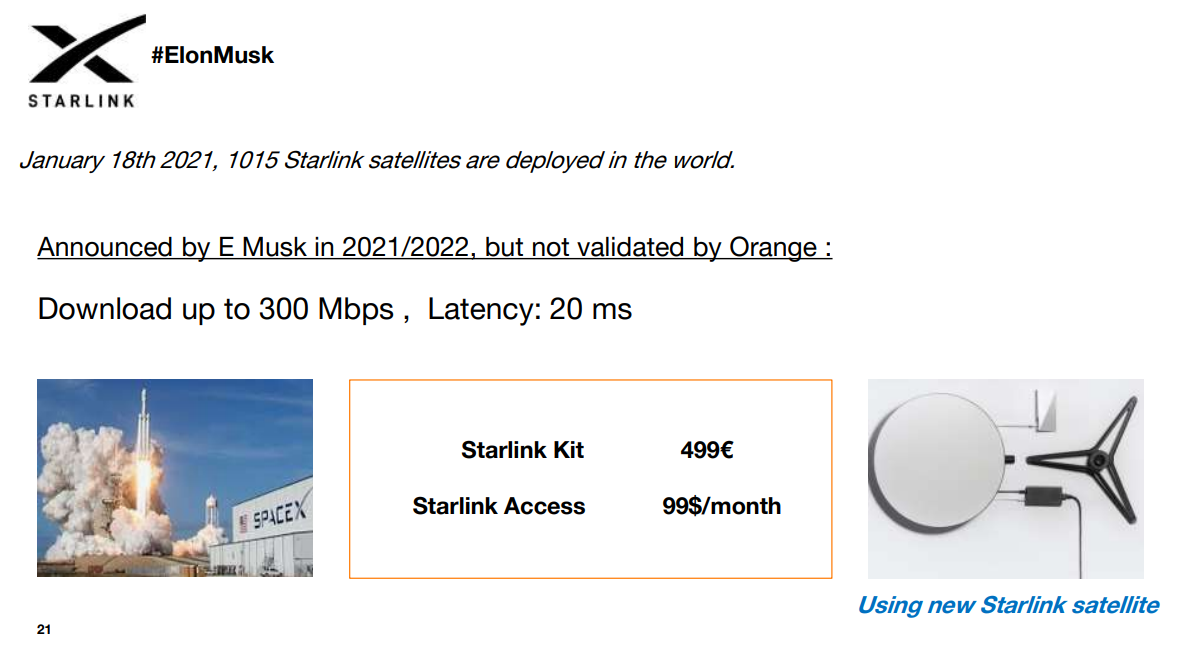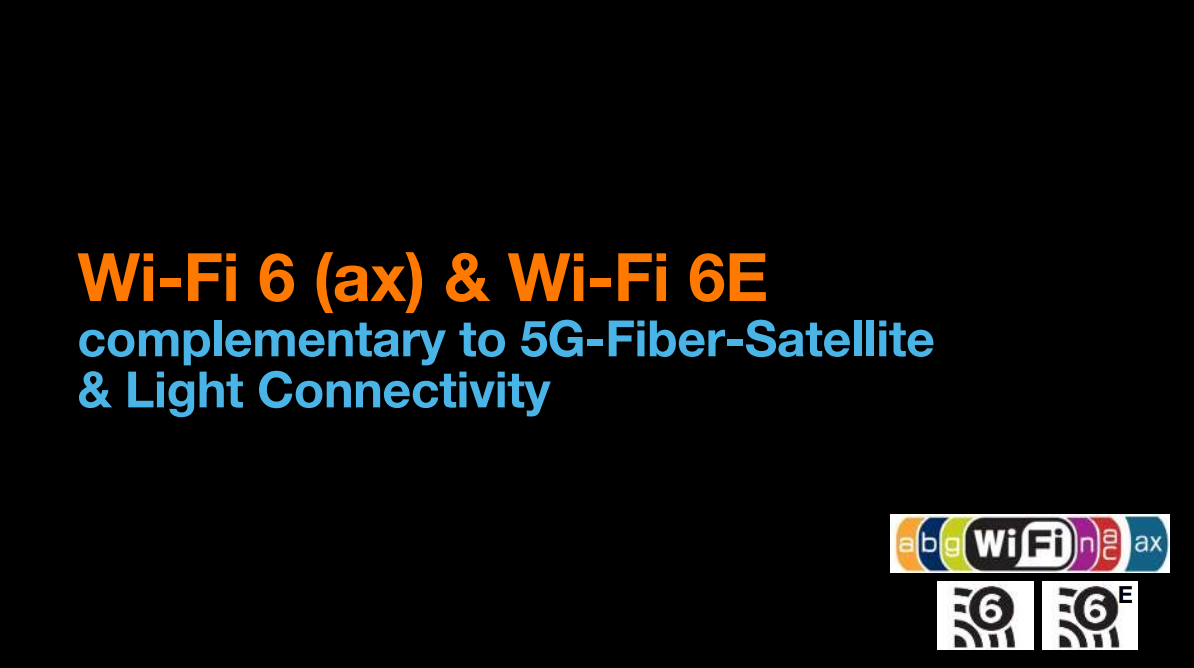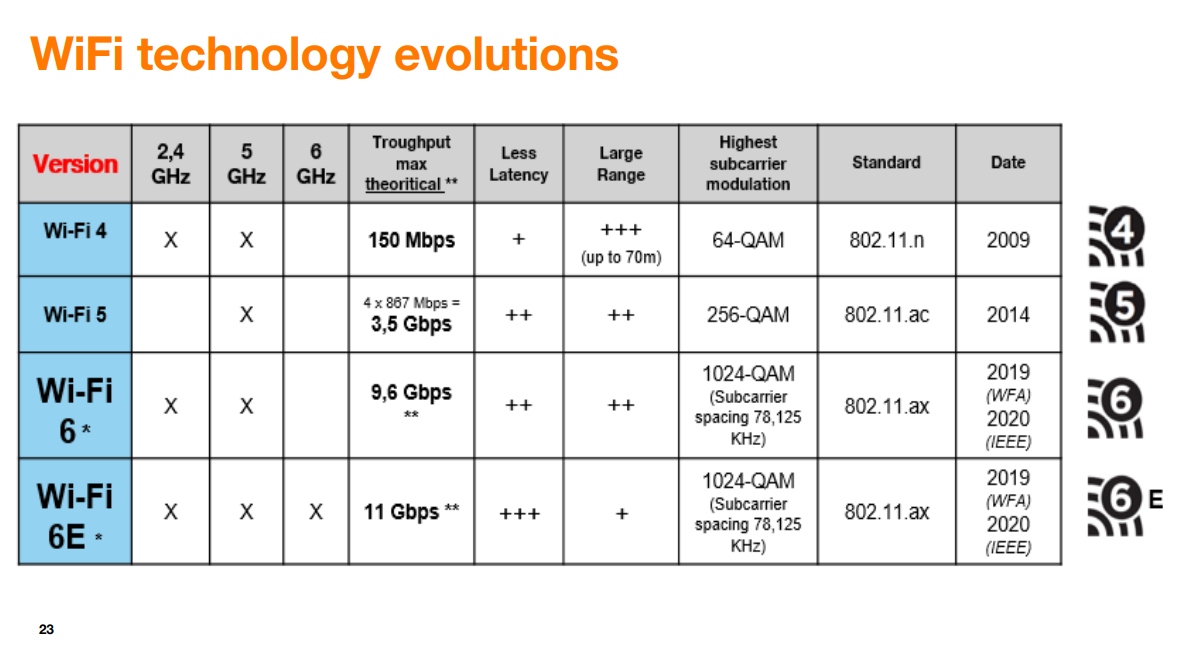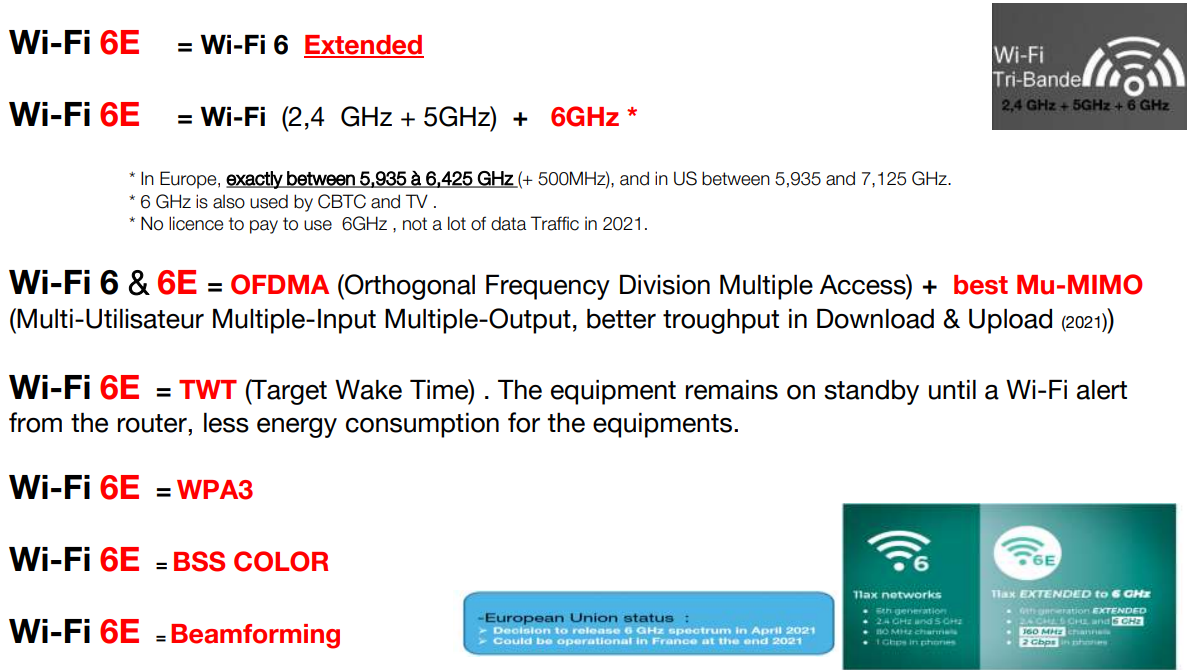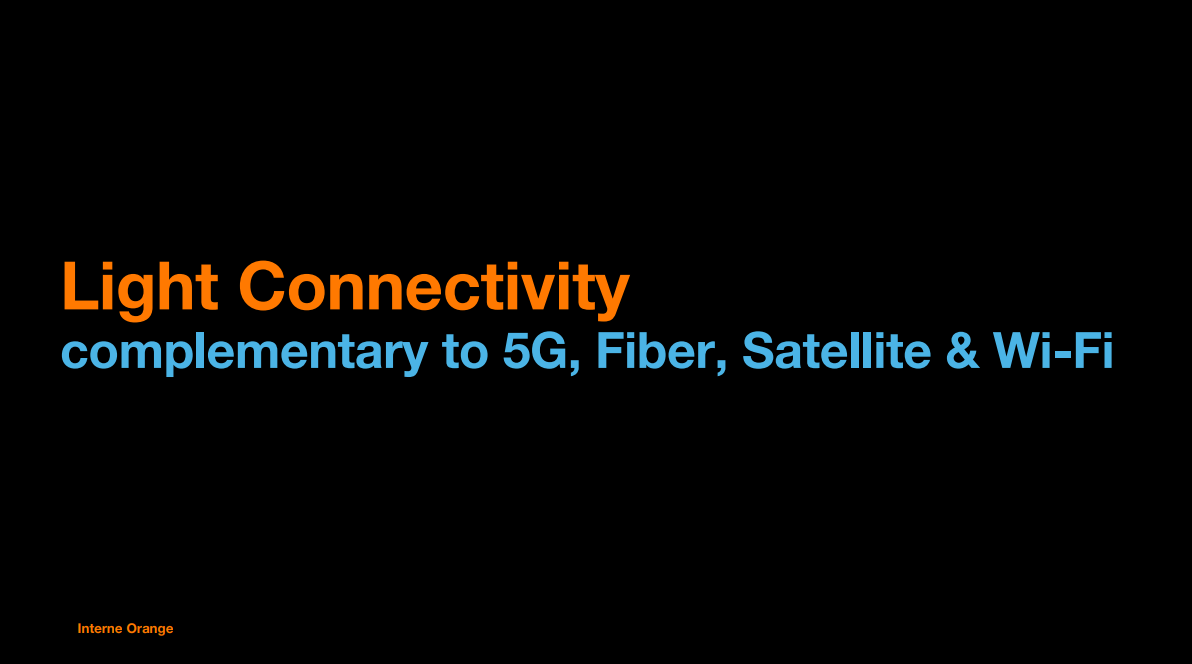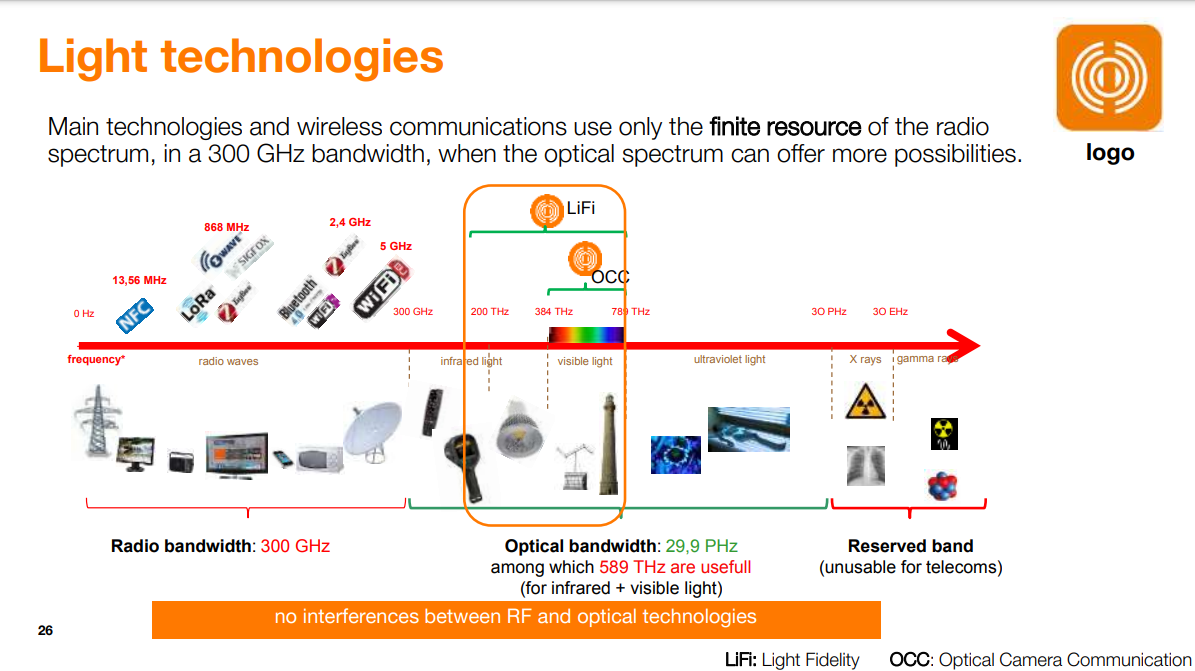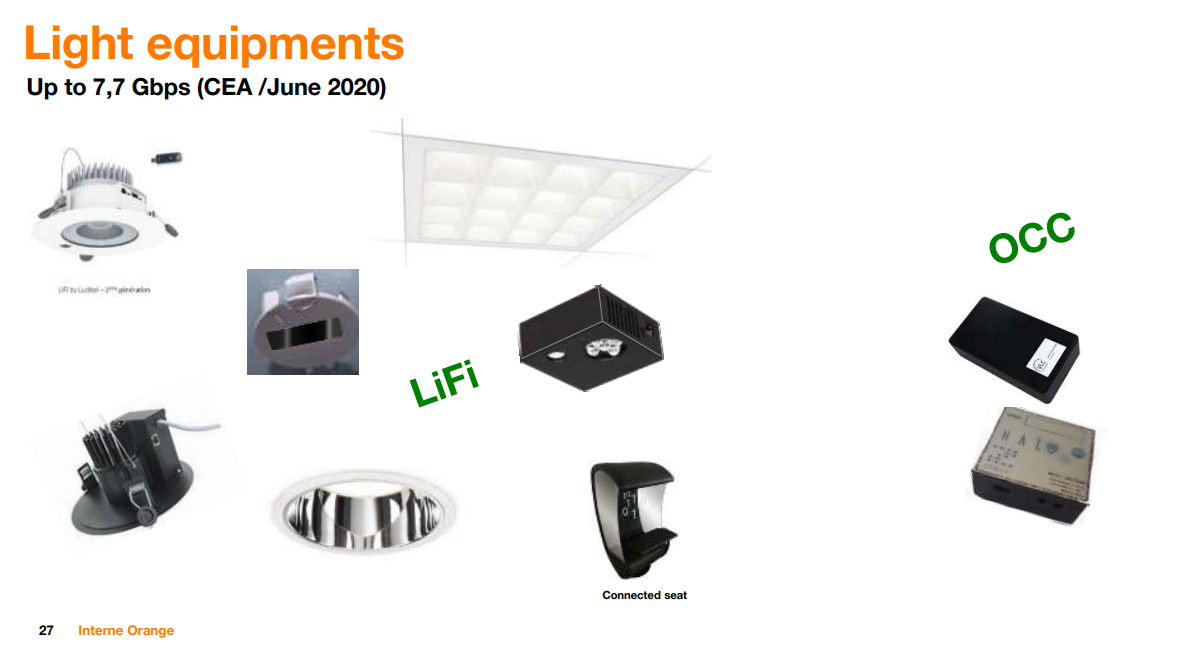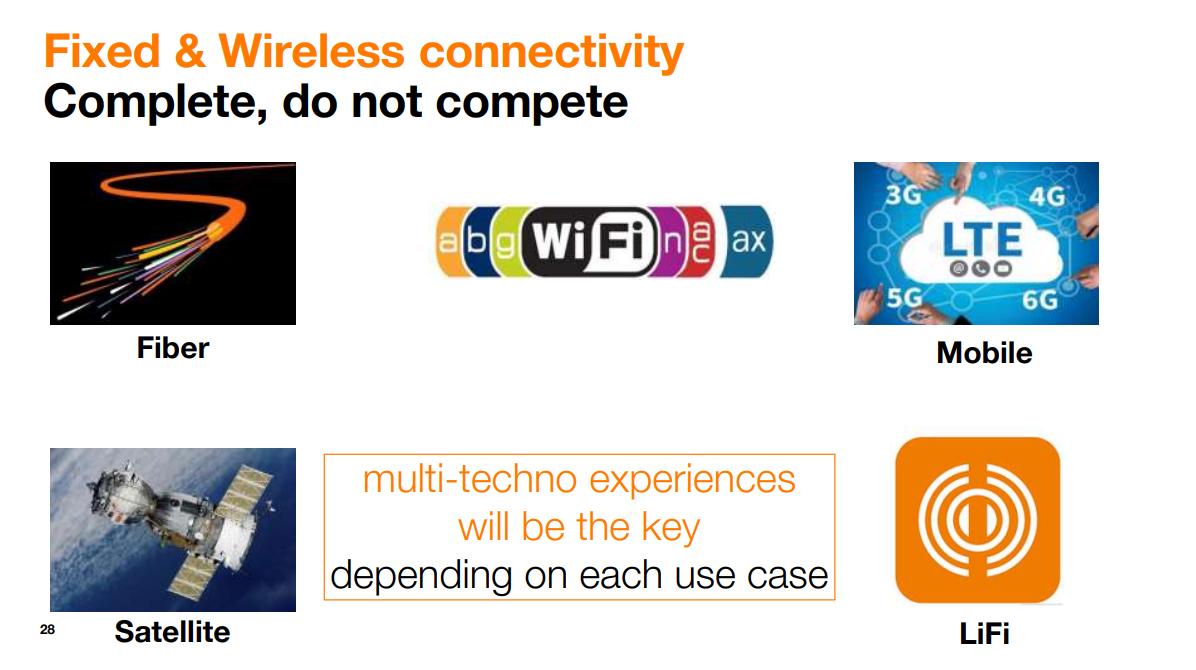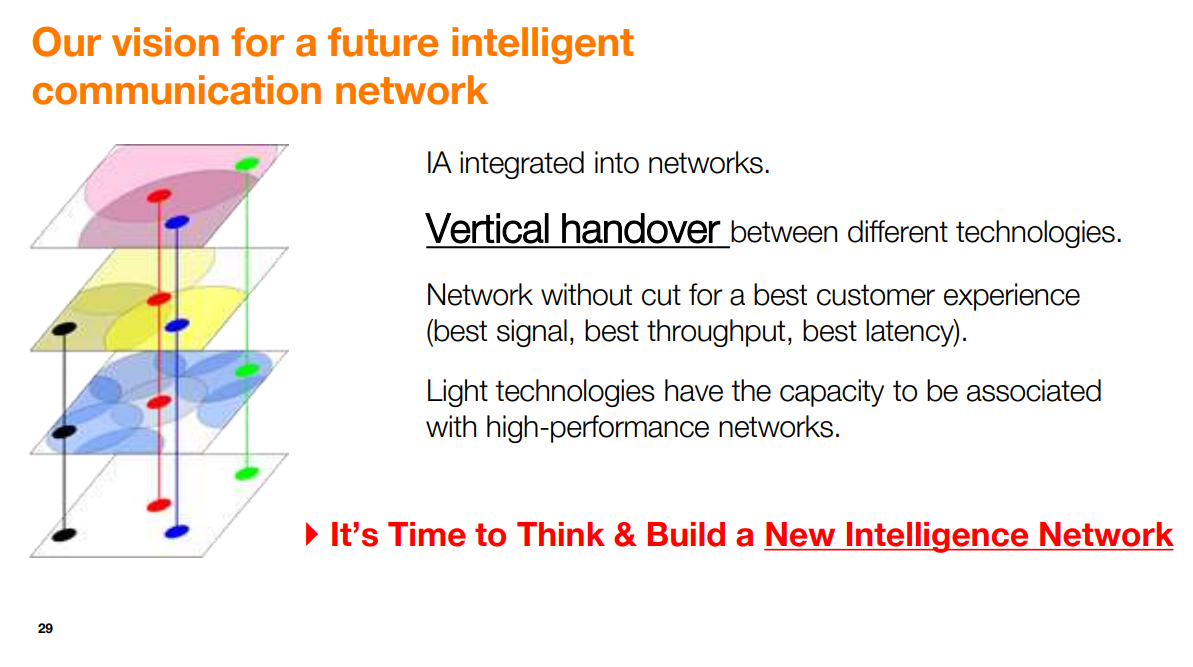Table of Contents
- Li-Fi Conference 2021
- Orange
- LiFi At The Heart Of Future Intelligent Communications Networks Delivered By Sylvain Leroux and Micheline Perrufel
- Connected devices sold in 2020 in the world
- Volume of data/information created, captured, copied, and consumed worldwide from 2010 to 2024 (in zettabytes)
- LIMITS OF EACH TECHNOLOGY
- Trends in global traffic and power usage of Wi-Fi access networks
- Environmental certification: more and more buildings certified
- Future intelligent networks
- Mobile network evolution
- 5G cHaracteristics
- Fiber complementary to 5G, Satellite, Wi-Fi & Light Connectivity
- Fiber FTTH deployment AND FTTH ARCHITECTURE
- Fiber PON
- Satellite complementary to 5G, Fiber, Wi-Fi & Light Connectivity
- Wi-Fi 6 (ax) & Wi-Fi 6E
- Light Connectivity
- Light EQUIPMENTS
- Our vision for a future intelligent communication network
- Li-Fi Conference 2022
- What is LiFi?
- How does LiFi work?
- LiFi Benefits
- LiFi Applications
- Subscribe to LiFi Tech News
Li-Fi Conference 2021 - Recap Part 8 - LiFi At The Heart Of Future Intelligent Communications Networks
Li-Fi Conference 2021
In our last article from our ONLINE Li-Fi Conference 2021 recap series, we discussed the presentation on “Light Communication As A Part Of 5G And Beyond” delivered by Deepak Solanki from Velmenni. The conference was organised by the Jakajima, the global High Tech Conference organiser, and the Light Communications Alliance.
Jakajima, Matchmaker for Innovators in the high tech industry, organises many events, ranging from LiFi Technology industry trends, 3D Printing to the Internet of Things, from Unmanned Cargo Aircraft to Health Tech, from 4D Printing to Photonics and from Vertical Farming to Sustainable Materials.
The online Li-Fi Conference included live presentations from researchers, executives and industry specialists from pureLiFi, Nokia, Signify, Orange, Radiocommunications Agency Netherlands, Velmenni, OLEDCOMM, HomeGrid Forum and Weidmüller Deutschland.
In another article recap series, we will talk about the duo presentation on LiFi At The Heart Of Future Intelligent Communications Networks delivered by Sylvain Leroux, FoodTech & Light Communications Director, Orange and Micheline Perrufel, Researcher/Project manager Innovation, Orange. Before this, we will talk about Orange Telecommunications.
Orange
Orange S.A., rebranded as Orange, formerly France Télécom S.A., stylized as France telecom, is a French multinational telecommunications corporation. It has 266 million customers worldwide and employs 89,000 people in France, and 59,000 elsewhere. It is the 11th largest mobile network operator in the world and the 4th largest in Europe after Vodafone, Telefónica, and Deutsche Telekom. In 2015, the group had a revenue of €40 billion. The company's head office is located in the 15th arrondissement of Paris.
Orange has been the company's main brand for mobile, landline, internet and Internet Protocol television (IPTV) services since 2006. It originated in 1994 when Hutchison Whampoa acquired a controlling stake in Microtel Communications during the early 1990s and rebranded it as "Orange". It became a subsidiary of Mannesmann in 1999 and was acquired by France Télécom in 2000. The company was rebranded as Orange on 1 July 2013.
Orange is also a leading provider of global IT and telecommunication services to multinational companies, under the brand Orange Business Services. In December 2019, the Group presented its new "Engage 2025" strategic plan, which, guided by social and environmental accountability, aims to reinvent its operator model. While accelerating in growth areas and placing data and AI at the heart of its innovation model, the Group will be an attractive and responsible employer, adapted to emerging professions.
LiFi At The Heart Of Future Intelligent Communications Networks Delivered By Sylvain Leroux and Micheline Perrufel
Sylvain Leroux, FoodTech & Light Communications Director, Orange and Micheline Perrufel, Researcher/Project manager Innovation, Orange, were the eighth presenters at the online Li-Fi Conference 2021. He discussed in his presentation the topic of Light Communication As A Part Of 5G And Beyond.
Sylvain Leroux is a seasoned Marketing and communication professional with over 20 years of knowledge and experience in the telecom/internet industry from strategy in complex ecosystems, to operational project management for one of the world’s leading telecommunications operators. He currently works on IoT Program (B2B & B2B2C).
He previously worked as Strategy of Services & Partnerships Marketing Manager focusing on change management, digital transformation and innovation. His mission was about to structure or manage game changing partners / ecosystems / services.
Micheline Perrufel is currently Research Engineer and Innovation Project Manager at Orange Labs. She supports digital innovation by deploying light communication technology in addition to radio and ultrasound technologies. Her role also involves in responding to the new expectations of business and private customers with simple, ethical and environmentally friendly solutions. She also leads in the preparation of new user interaction services based on Beacon, LIFI, NFC, Lora technologies...using UCI (User Centric Innovation) design Thinking methods.
Below are some points discussed about LiFi At The Heart Of Future Intelligent Communications Networks:
Sylvain Leroux started the presentation by saying the following:
“My name is Sylvain Leroux and I'm working at Orange Innovation. and I'm working on different innovation programmes such as light communication and I'm working in pairs with Micheline who is also part of Orange innovation. So, today I'm happy to talk with you and to talk about future intelligence communication networks. And why it really matters on the chair of intelligent communication networks.”.
“We have reached a very symbolic tipping point four years ago, as we get more objects that were connected on the earth, rather than human beings, approximately more than 8 billion of connected objects on Earth".
Connected devices sold in 2020 in the world
”And we could see that the connected devices market also has grown very fast. Thanks to different connectivity, and new technology arriving on the market, you could see an interesting point here is that all of them are growing very fast.”
Volume of data/information created, captured, copied, and consumed worldwide from 2010 to 2024 (in zettabytes)
“Connected devices are booming, but also the volume of consumer data is growing very, very fast. And the interesting thing that you can see on this chart,the consumption of data will be multiplying by two and the question is how can we face this explosion of data consumption. So, we know that there is currently a very big pressure on the availability of the radio spectrum. And this is why we are looking for some alternatives on the optical spectrum.”
LIMITS OF EACH TECHNOLOGY
“As we are experts on this field because we run between networks, from space to the sea to your living room. But you know that edge technology has its own benefits but its own limits and you have various possible natures such as security limits, electronics interference, places where you are and the material inside places we were talking previously about industry and the presence of metallic environment is very difficult for waves for example, we know that there is no unique solution regarding the different technologies and the combination of different technologies and complementary with the technology will be received in order to deliver the best experience and the best connectivity.”
Trends in global traffic and power usage of Wi-Fi access networks
“And to give you some examples, we are facing some issues regarding, for example, electrical consumption and you get the examples here of going on electrical consumption of Wi-Fi. And even if the gateways and the modems are becoming more energy efficient, we are facing the increasing number of actually increasing traffic on the modem and gateways that increase the consumption of electricity.”
Environmental certification: more and more buildings certified
“Another example is that we use applications on the building market, for example. So, this is a very good concept but if you're looking to the quality of connectivity that you could provide the new sound out for low enlisted windows for example, it's checking for new products just to give you a look on the figures with the new type of glazing, it could be the radio signal could be divided into two for example, that's a very interesting challenge for us to get new, because some people have buildings that to get the best of the connectivity inside this visit.”
Future intelligent networks
“So, this is why we are approaching the future intelligent networks in order to combine different technology in order to have the best connectivity every time on every type of devices that I just told you previously revenue paradigm with richer devices are on the market during high speed connectivity, people ask for connectivity, they need real time, they want autonomous cars in the industry. We've also got cyber street and everyone wants to be connected from all three working for example or have the best connectivity in order to watch the Euro 2021. So, we have to think about the next generation of networks.”
Mobile network evolution
“These new networks are also evolutive and the interesting thing that I wanted to point out to us today is the different generation of 5g. The 5g router chain is what we call 5g and we says it's an evolution of the existing technologies on the existing core networks and the new generation with the and living a universities out you used to hear a day today on the news all about the little surprising is what we call this 5g standalone as a will have a dedicated 5g core network”.
5G cHaracteristics
“So, this is the the existing frequencies that we are using for 5g most time around and this is within two years what you will see with the new 5g core networks of the 5g standalone and you could see that's very interesting because rich technology as its benefits in its own limits, and I will let you see the difference between indoor coverage throughput and it can be done with the with the 5g.”
Fiber complementary to 5G, Satellite, Wi-Fi & Light Connectivity
“Now fibre is in 2021, the basic connectivity network deployed by the telecom operator, it's very important for the Telco to deploy fibre and after the copper the fibre is deployed, why it's to offer to the customer big higher, big throughput, big speed and thanks to fibre, now, user can confirm data, can watch television and the fibre is a strategic vision for the Telco”.
Fiber FTTH deployment AND FTTH ARCHITECTURE
“Deploying fibre is very expensive. And to the Telco as a priority is to choose a good architecture to deploy the FTTH to the residential for example, little enterprise, the Telco choose architect to offer to the customer a signal with the fibre but a fibre share up to 65 customers by each fibre”.
Fiber PON
“Today's fibre name, GPON, is deployed and offers the customers the possibility to have up to one gigabyte in download. Now today, the customers have the possibility to have a throughput up to one gigabyte by second in download. And, for example with orange, up to 20 up to 200 megabyte by second. In one year, we hope to begin to deploy a new architecture named XGPON. XGPON cost more expensive to deploy that can offer to the customers the possibility to have up to 10 gigabyte by second and it's very relevant to offer more speed, more throughput, more performance, for example, for use Wi-Fi and use on LIFI”.
Satellite complementary to 5G, Fiber, Wi-Fi & Light Connectivity
“Satellite data is also a priority now today for the Telco. In recent years, satellite connectivity has been offered to residential and also to enterprise when neither fibre or mobile network are present. Throughput with satellite is quite correct but look at the latency is very bad to have a good latency with the latency with satellite. And to use satellites, you have to buy and to keep an antenna and the specific books. And a new generation of satellite is coming but look at also as a throughput if it is better is also less good as the actual fibre of mobile network”.
Wi-Fi 6 (ax) & Wi-Fi 6E
“Now when we look at Wi-Fi, we see that Wi-Fi still is the best technology. It is Remarkable. Who has not already used the Wi-Fi in the world, the Wi-Fi is everywhere every time and as mobile networks Wi-Fi evolve technology and each decade as Wi-Fi proposes a new version. And each time, it's a new version that proposes more performance, more throughput and less latency. But now today's this year, we speak about the Wi-Fi 6E extended and so Wi-Fi 6E is associated with both 2.4 GHZ and 5GHz with less interference but also with 6GHz. We hope with this new frequency, we will have less interference with other technology as for example Bluetooth excetera”.
Light Connectivity
“But on the complementary of this access, light technology is complimentary as radio technology radiofrequency technology. And while we have no concrete information on the effective charge of the bandwidths by your institution in each country, we understand that the uses are more and more numerous. And it's time to exploit this bandwidth in the optical electromagnetic spectrum, especially with the LIFI and OCC but also with FA so it's also relevant and we begin to to speak about the FSO in the Telco.”
Light EQUIPMENTS
“Light equipments are many as their price are cheaper, and it's very also relevant for the Telco that they are not manufacturer, when we can propose a LIFI solution or OCC solution, we must make partnerships with different actors but we are not manufacturers, okay? We provide to the customers, the LAN access, the one access, but not the equipment. And a lot of arguments against at the beginning of the LIFI was that there were as they were no equipment compatible with Wi-Fi and with OCC. But if we remember, as the beginning of Wi-Fi. In 1999, there was no equipment directly compatible with Wi-Fi. And as today with the LIFI,we used Wi-Fi and also a USB key”.
Our vision for a future intelligent communication network
“So what we see at Orange, when we speak about a lot of technology with our customer, we see that users today are more and more lost. They don't know what is the good solution. And they want they would like a unique solution, a solution capable of giving them an universal signal and access. They need universal access with better throughput, with better latency and they don't know what solutions they have to choose. That's why we identify the opportunity to build projects and to make a solution to begin testing and to create a new network. A network with handover capability between different technologies. For example, when we use the mobile and the signal is bad, you can handover, you can use a new frequency or a new antenna, we speak about horizontal handover. When we speak about handover between different technologies, we speak about vertical handover. And we can manage this vertical handover for an intelligent new network. So we imagine a different architecture in the core network. And now with light, we think and it's my vision that is relevant to build a new architecture based on the 5g as the fibre also better the 5g, the LIFI and the Wi-Fi and the Satellite. So we think today that the vertical handover can be managed both by Fibre and the core network of mobile and PC and that is now a project in orange for example, to deploy this function and to enrich the global network in parallel of this evolution of old technology”.
You can also watch the full video presentation on the following YouTube link from Jakajima YouTube channel.
Li-Fi Conference 2022
The next Li-Fi Conference is coming up on the 28th of June 2022 between 10 am and 4.30 pm CET.
It is interesting to realise that lights that illuminate offices, homes, cars, factories, our streets and more locations also can connect us to data and hence power the growing demand for connectivity and speed.
At this conference professionals from all over the globe will gather together in order to share applications, ideas, new developments and ways to integrate Li-Fi in services, both for consumers and professionals.
This conference will be held Live and Online. The venue will be the High Tech Campus 1, The Strip 5656 AE Eindhoven The Netherlands.
Online tickets can be bought at the following link:
https://tikcit.com/register/61e002336d7fc4b6745cab83/
What is LiFi?
LiFi, also known as "Light Fidelity" is a wireless optical networking technology, which uses light-emitting diodes (LEDs) to transmit data. In 2011, professor Harald Haas made a LiFi demonstration at the TED (Technology, Entertainment, Design) Global Talk on Visible Light Communication (VLC).
VLC uses light as a medium to deliver high-speed communication like Wi-Fi and complies with the IEEE standard IEEE 802.15.7. The IEEE 802.15.7 is a high-speed, bidirectional, and fully networked wireless communication technology-based standard similar to Wi-Fi's IEEE 802.11.
How does LiFi work?
LiFi is a high speed, bidirectional, and fully networked wireless communication of data using light. LiFi constitutes of several light bulbs that form a wireless network.
When an electrical current goes through to a LED light bulb, a stream of light (photons) emits from the lamp. LED bulbs are semiconductor devices, which means that the brightness of the light flowing through them can change at extremely high speeds. The signal is sent by modulating the light at different rates. The signal can then be received by a detector that interprets the changes in light intensity (the signal) as data. Also when the LED is ON, you transmit a digital 1, and when it is OFF, you transmit a 0.
LiFi Benefits
The primary benefits of LiFi are as follows:
• Security: Provides entirely secure access. Where there is no light there is no data.
• Safety: Does not produce electromagnetic radiation and does not interfere with existing electronic systems.
• Localisation: Allows localisation due to the small coverage area of LiFi access point - localisation can be used for very precise asset tracking.
• Data density: Provides ubiquitous high-speed wireless access that offers substantially greater data density (data rate per unit area) than RF through high bandwidth reuse.
Credit to Oledcomm
LiFi Applications
LiFi can be used for so many applications and the list is increasing every year. You can read our updated list of Li-Fi applications at the following link:
Credit to pureLiFi
In conclusion, if you are also interested to hear more information about the OWNII Coin or enquire about LiFi devices such as the LiFiMax and Trulifi, you can contact us through our chatbot or by sending an email through our contact us form. If you enjoyed this post and would like to hear more updates about LiFi technology, subscribe to our newsletter. Don’t forget to subscribe to our social media accounts. You can also join our Telegram group about LiFi technology on this link:
https://t.me/joinchat/FMzOmsEKyJFrU6Af
